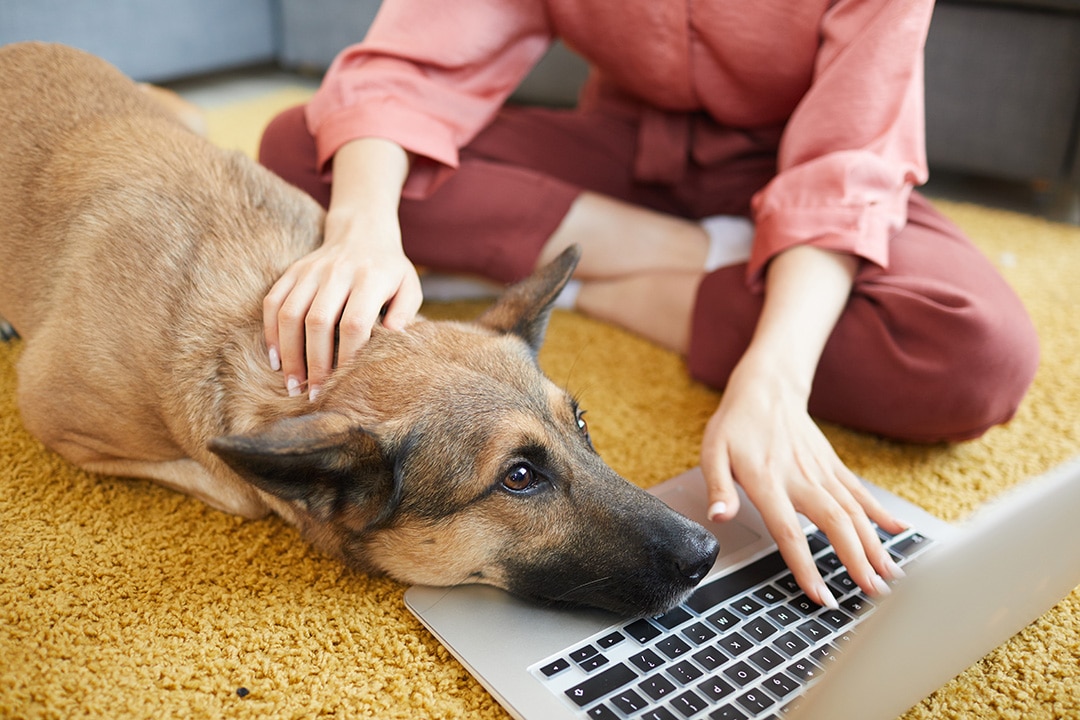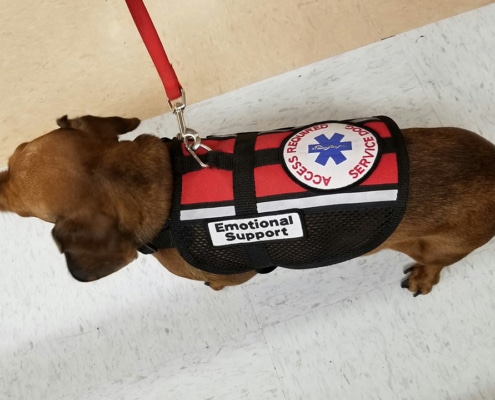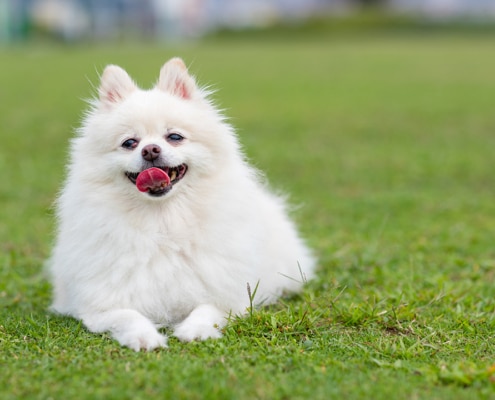Socialising / Breaking the Cycle
Whilst this article is aimed at puppies the same applies to older dogs and ones that have been rescued. As the saying goes…..
If the cap fits.
It really is amazing the number of times that that people who have had many dogs over a number of years end up with the same problems with each and every dog.
Now there are three reasons for this happening.
The first one is that in the dim and distant past the first dog in the household had a behaviour issue, that dog transferred it to the next one who taught the one who arrived after that and so on down the line.
The second reason is the result of human error because if there is no continuity between the dogs then the problem is induced by the owner. It means that the owner is making the same mistake with every dog.
The third reason is a combination of the first and second.
Antisocial behaviour
The most common and obvious example of this is antisocial behaviour.
These owners usually already have had one or more badly behaved dogs in the past who don’t travel well in the car and lack social skills which make them an embarrassment to take out.
Net result, the poor animal is left at home which leads to even more isolation which often leads even worse behaviour which often ends with the dog being rehomed or abandoned in a shelter.
Socialising is a fairly simple task but is often approached in the wrong way. Please don’t assume that taking your dog for a walk using the same route every day and going to the same venue is socialising.
Many years ago I came across a gentleman who had several German Shepherd Dogs all of which started life as happy cheerful puppies but as time went by all became antisocial leading to unpredictable behaviour including aggression. This man’s idea of socialising was to walk his dog on the same road every day where he met his best friend for a chat and a coffee. The obvious problem was that the priority was meeting his friend, not training his dogs.
Socialising
Socialising starts with making sure that your dog can walk properly on the lead without pulling.
When I was with my clients I took them through a routine of going through shopping precincts, using stairs, using lifts, trains, buses, going into shops (where acceptable) and getting used to traffic. Both day and nighttime When the opportunity arrived I suggested exposing the dog to both men, women and children, people with walking sticks, hats, beards, briefcases, sunglasses ( Yes I know, not a common sight during an English summer!!) plus wheelchairs, lawnmowers, skateboards, in fact, anything that could cause the dog consternation.
Remember that dogs see shapes and mostly accept them as benign objects therefore they are not a threat, however, when a familiar shape changes then this can present a danger that occasionally must be challenged. An example of this is the lamppost. The dog can go past a hundred lampposts with no difficulty but when passing one with a litter bin attached the shape changes and sometimes this is perceived as a threat. The dog’s reaction can vary from fear to aggression as it gets to identify the risk. I know that it is a litter bin, you know that it is a litter bin, but to the dog, It is a strange shape and a risk assessment is a priority.
Try a Fairground!
A wonderful place for advanced socialisation is the travelling fairground. This is one of the most beneficial areas, however, it should be used carefully and with caution and only be tried with dogs who have been exposed to the normal socialization process.
Start by going around the outside or at least picking a quiet area. Slowly progress, getting closer and closer to the busy parts. The flashing lights, crowds of people, dodgems, music, gunfire from the rifle stall. The constant hum of generators. I stress this form of socialization should only be attempted with dogs who are already experienced and show no fear, nervousness or aggression.
In fact, anywhere that you are legally allowed to take your dog that exposes it to new and unexpected stimulus will be beneficial throughout its life.
Obviously, take this slowly, don’t try to do too much at once, take time.
Remember that there is no reason why your dog’s behaviour in public should be any different from any working dog. Police dogs, Assistance dogs, and Guide dogs are all socialised to the degree that they are able to cope with the unpredictability of life. It’s not rocket science it just requires time and patience.
When your dog is properly socialised then you can go anywhere with confidence knowing that your canine companion won’t be an embarrassment and you can enjoy your time together.
“Compassion for animals is intimately associated with goodness of character and it may be confidently asserted that he who is cruel to animals cannot be a good man.”
Arthur Schopenhauer






